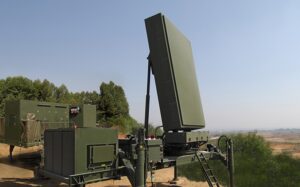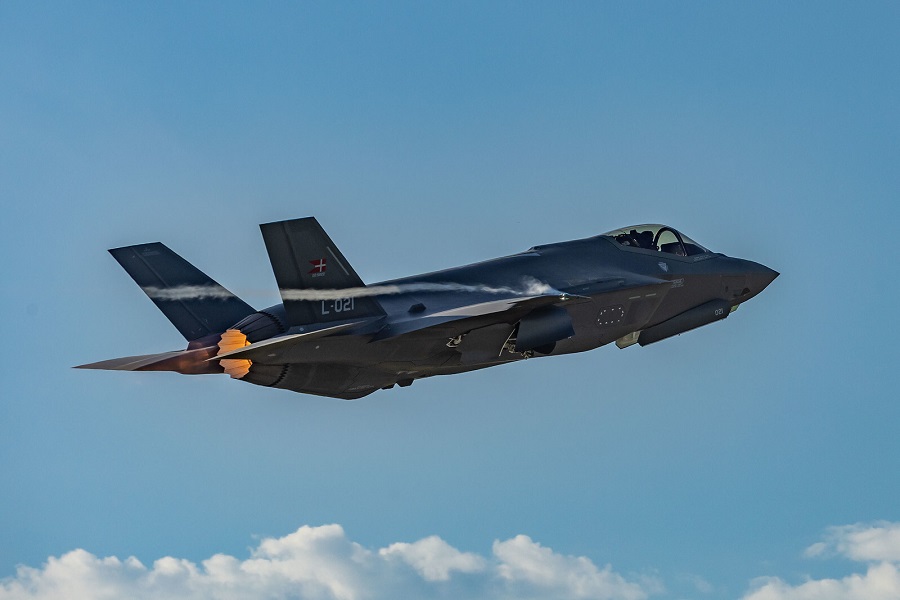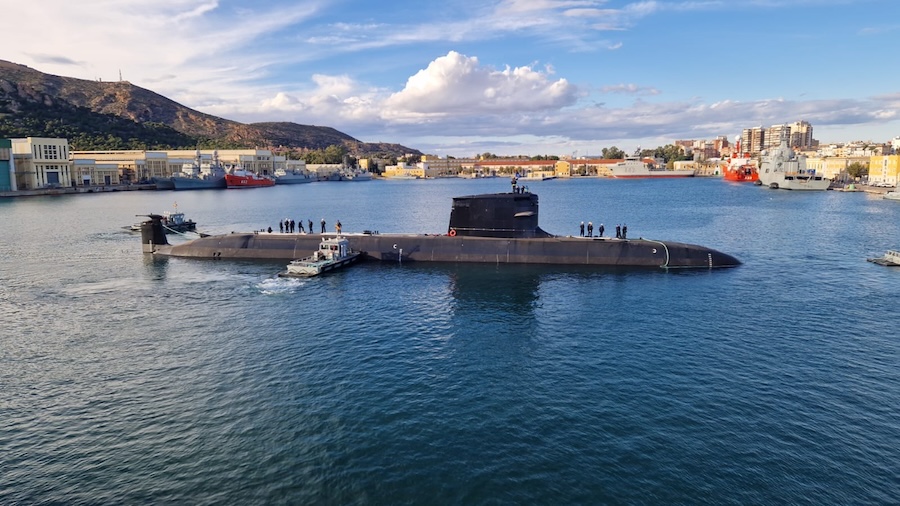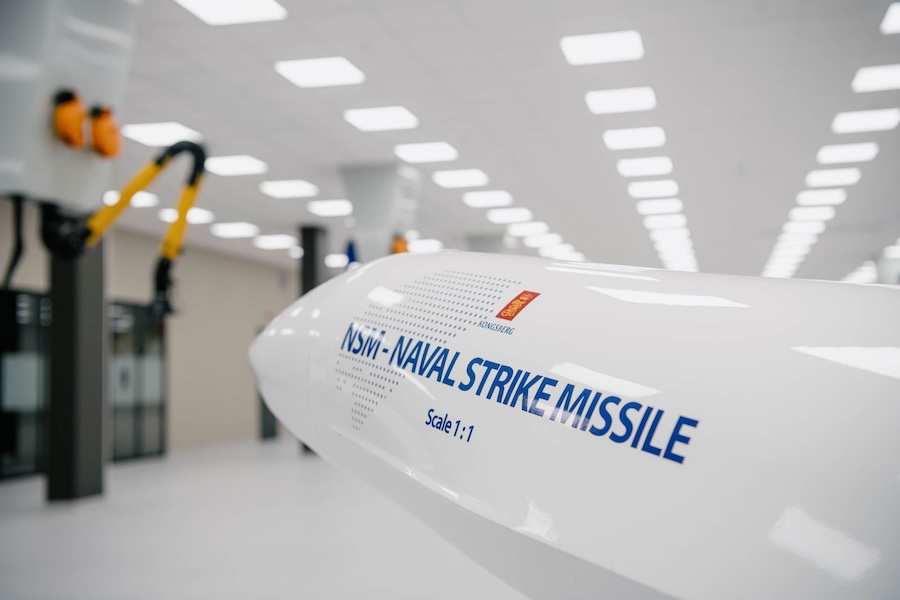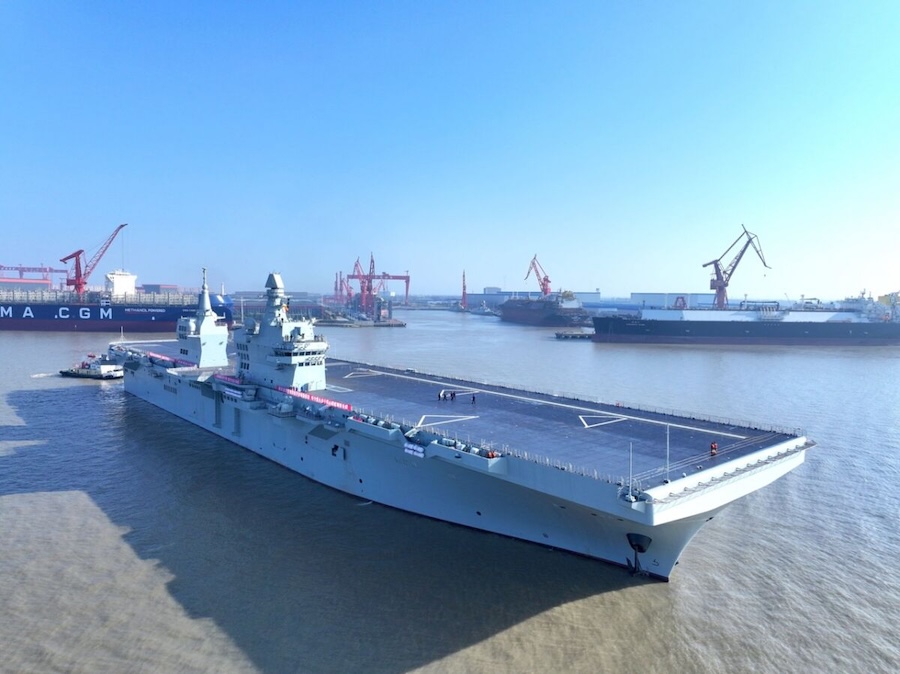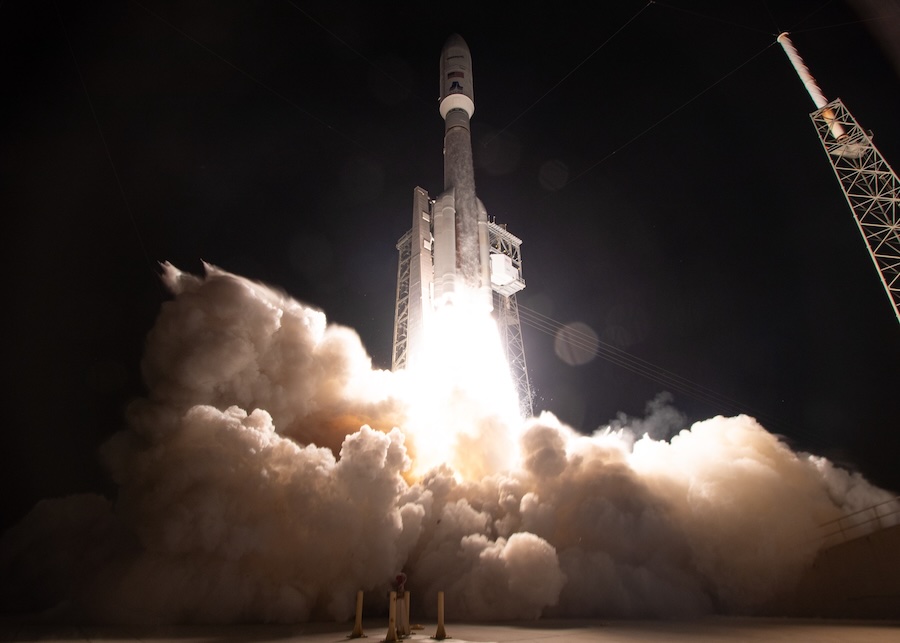The modifications will include autonomous ground support equipment to stabilise the rocket upon landing, blast shielding to protect critical systems, and station-keeping thrusters for precise positioning. Construction of the platform is expected to be completed in 2025, with operational readiness planned for 2026.
The Neutron rocket is a medium-lift launch vehicle developed to support a wide range of missions, including satellite deployment and interplanetary exploration. With a payload capacity of up to 15,000 kg, Neutron aims to enhance access to space through rapid reusability and high launch frequency.
Rocket Lab has designed Neutron to execute two distinct reusable landing profiles based on mission needs. One approach involves a Return to Launch Site (RTLS) landing at Rocket Lab’s Virginia facility, while the Down Range Landing (DRL) method will allow Neutron to land precisely on the ocean platform, maximising its payload capacity.
Rocket Lab’s founder and CEO, Sir Peter Beck, highlighted the urgency of Neutron’s development. He noted that demand for medium-lift launch services is high, and the company is accelerating its efforts to ease the current constraints on space access.
Neutron’s first launch is scheduled for the second half of 2025 from Rocket Lab’s Virginia launch site. The introduction of ‘Return On Investment’ is expected to expand mission capabilities by facilitating more frequent and flexible rocket recovery at sea.






